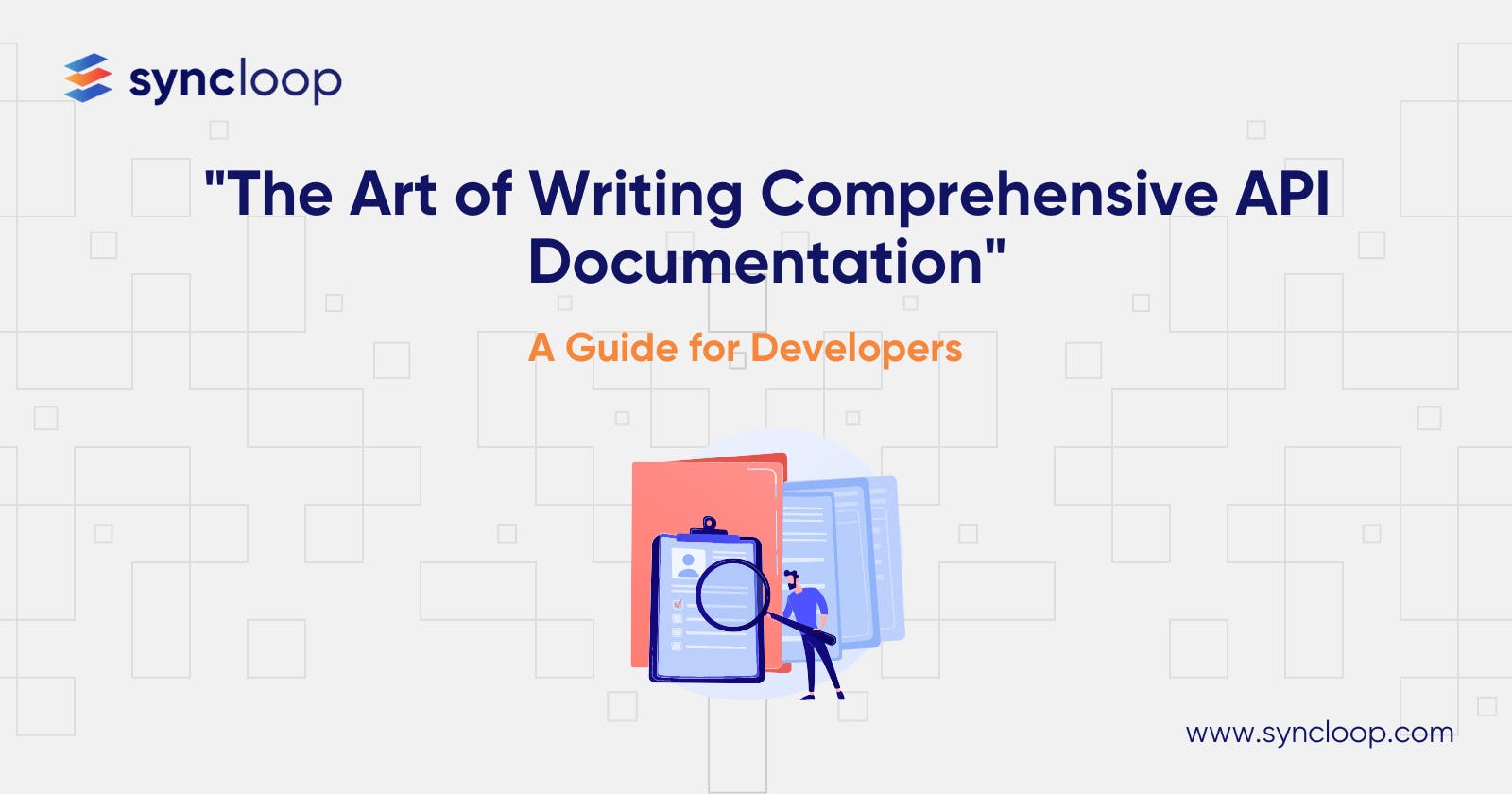API documentation plays a pivotal role in the success of any application programming interface (API). Well-documented APIs enable developers to understand, utilize, and integrate the API seamlessly, fostering a positive user experience and encouraging wider adoption. In this guide, we will explore the art of writing comprehensive API documentation to empower developers and facilitate successful API integration.
Why API Documentation Matters
API documentation serves as a crucial communication bridge between API providers and developers. It allows developers to:
Understand the API: Clear and concise documentation provides insights into the API's functionalities, data structures, and usage.
Integrate Easily: Well-documented APIs ease the integration process, reducing development time and effort.
Resolve Issues Quickly: Comprehensive documentation assists developers in troubleshooting errors and resolving issues promptly.
Explore Use Cases: By illustrating real-world use cases, API documentation showcases the API's potential value to developers.
Essential Elements of Comprehensive API Documentation
When crafting API documentation, it is essential to include the following elements to ensure clarity and usability:
1. Introduction and Overview
Begin the documentation with an introductory section that explains the purpose and scope of the API. Provide a high-level overview of its functionalities and the problems it aims to solve. Include information about authentication requirements, supported protocols, and data formats.
2. Getting Started
Guide developers on how to access the API, obtain API keys, and authenticate requests. Offer step-by-step instructions to make the onboarding process seamless for new users.
3. Endpoint Reference
List all API endpoints, their URLs, supported methods (GET, POST, PUT, DELETE), and expected request and response formats. Include example requests and responses to illustrate usage.
4. Request Parameters and Headers
Detail the required and optional request parameters and headers for each endpoint. Clarify their data types, allowed values, and possible combinations.
5. Response Codes and Error Handling
Explain the possible response codes and their meanings. Provide guidelines on how to handle errors and interpret error responses.
6. Rate Limits and Throttling
Define any rate limits or throttling mechanisms imposed by the API. Educate developers on how to manage and handle rate-limited requests.
7. Authentication and Security
Elaborate on the API's authentication mechanisms, such as API keys, OAuth, or JWT tokens. Emphasize security best practices and ways to keep credentials secure.
8. Code Samples and Use Cases
Offer code examples in multiple programming languages to help developers grasp API usage better. Showcase use cases with practical scenarios to inspire creativity and demonstrate the API's versatility.
9. FAQs and Troubleshooting
Address frequently asked questions and provide troubleshooting tips for common issues developers might encounter. Offer guidance on debugging and reaching out for support.
Best Practices for API Documentation
To ensure the documentation is user-friendly and effective, consider the following best practices:
Organize Content Logically: Structure the documentation in a logical order, with clear headings and subheadings.
Use Clear Language: Write in a concise and jargon-free manner, catering to developers of varying skill levels.
Provide Interactive Examples: Interactive API exploration through sandbox environments can help developers experiment with endpoints.
Include Visuals: Utilize diagrams, flowcharts, and images to illustrate complex concepts.
Keep It Up-to-Date: Regularly update the documentation to reflect any changes or improvements to the API.
Solicit Developer Feedback: Encourage developers to provide feedback and act on their suggestions for continuous improvement.
Conclusion
Writing comprehensive API documentation is an art that requires attention to detail and a deep understanding of the API's functionalities. By providing clear and user-friendly documentation, developers can have a smooth experience integrating the API, leading to increased adoption and success. Remember to follow best practices, incorporate interactive elements, and regularly update the documentation to ensure it remains a valuable resource for developers.
Learn more about API development and how to write great documentation at Syncloop. Join our community to explore API development with hands-on experience and unlock your potential as an API developer.
